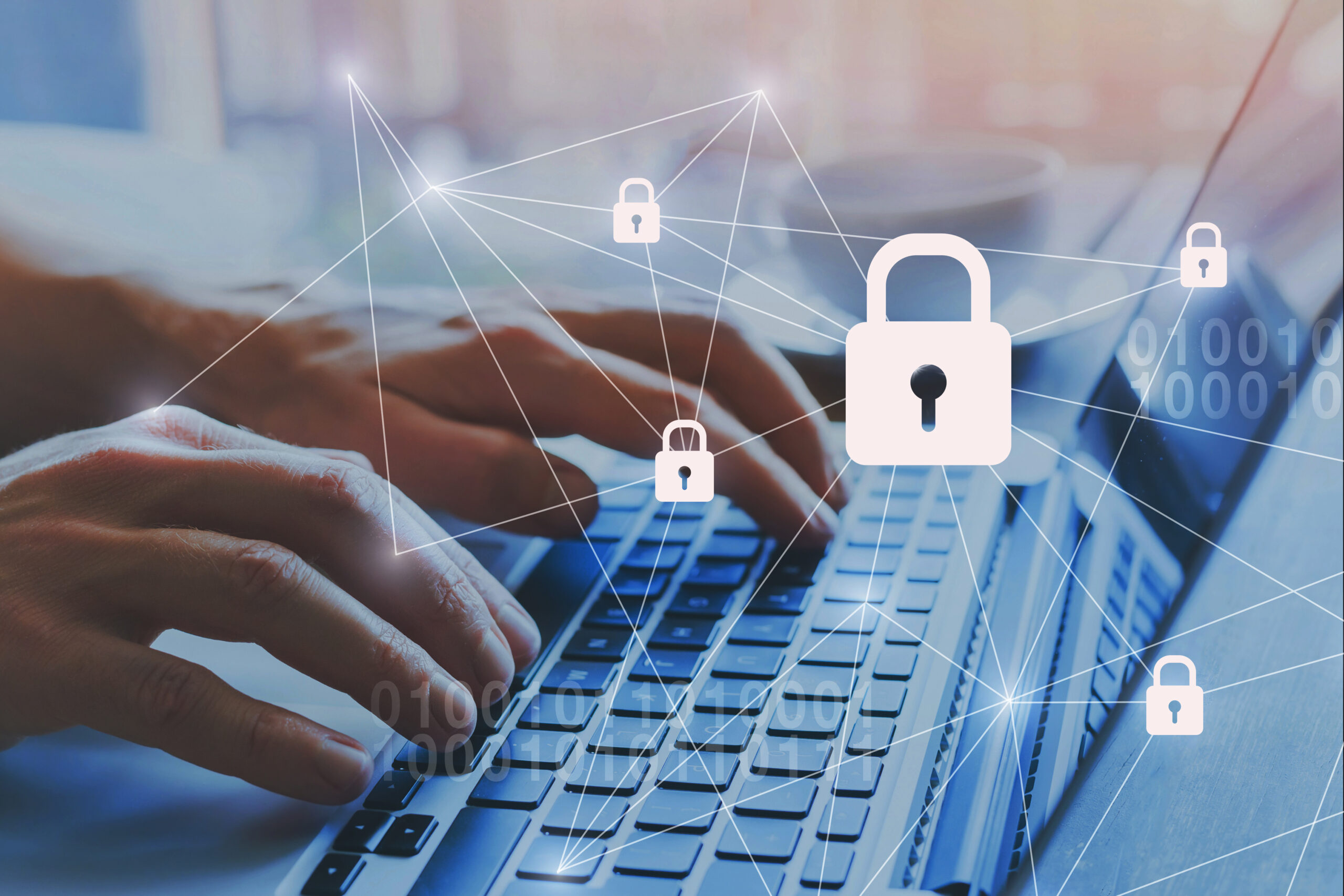Category: Blog
The cybersecurity landscape is shifting rapidly—and ransomware remains one of its most dangerous and unpredictable threats. In early 2025 alone, dozens of attacks have already hit critical infrastructure, from hospitals and schools to banks and manufacturing plants. These aren’t isolated incidents. They’re part of a broader, highly organized ecosystem of cybercrime that’s evolving faster than ever.
Here’s what your organization needs to know about evolving ransomware tactics, AI-driven threats, and how to stay ahead.
Ransomware’s New Playbook: More Than Just Encryption
Gone are the days when ransomware attacks were carried out by lone hackers in search of quick payouts. Today’s attackers operate more like businesses—complete with specialized roles and structured operations. One group might handle breaking into systems, another takes charge of deploying ransomware, and yet another oversees negotiations and payments.
A particularly concerning trend is double extortion. Attackers not only encrypt data but also steal it, threatening to publish sensitive information unless their demands—often ranging from thousands to millions—are met.
Even when law enforcement shuts down one group, another quickly fills the void. This agility is what makes ransomware such a persistent and growing threat.
Key steps to stay protected:
- Keep all software and systems updated to close known vulnerabilities
- Monitor networks continuously for irregular behavior
- Establish and test incident response plans regularly
Preparation remains the best defense. The faster an organization can detect and respond, the more it can minimize damage.
Fake Threats, Real Consequences
Not every ransomware scare involves a real breach. Some cybercriminals now skip the attack entirely—sending fake ransom notes and relying on fear alone to pressure companies into paying. It’s a low-effort, high-reward tactic that thrives on panic and uncertainty.
At the same time, actual attacks are becoming increasingly difficult to detect. The emergence of Ransomware-as-a-Service, which allows attackers to rent or purchase ready-made ransomware kits, has made sophisticated tools more accessible—enabling even low-skilled actors to launch stealthy and persistent campaigns. These intrusions often mimic regular system activity, allowing them to slip past traditional defenses.
Recognizing the difference between a real threat and a fake one is just as important as defending against both. Awareness and verification must go hand-in-hand.
AI’s Cybersecurity Crossroads
AI brings innovation to cybersecurity—enhancing defense while also introducing new risks. On one hand, it helps security teams detect threats faster, automate responses, and monitor complex systems more effectively. On the other, it’s being used by attackers to speed up malware creation, craft more convincing phishing campaigns, and launch sophisticated attacks with minimal technical skill. Researchers have even shown that AI models can be tricked into generating harmful code, lowering the barrier for cybercriminals.
The technology itself isn’t inherently dangerous—it amplifies the intent of whoever uses it. Staying ahead means using AI-powered tools responsibly, verifying suspicious content before trusting it, and ensuring teams are trained to recognize how AI might be used in attacks. As AI continues to reshape the digital landscape, managing these dual impacts will be key to staying secure.
The Quantum Threat Isn’t Science Fiction
Quantum computing might still feel distant, but its impact on cybersecurity is already being taken seriously. Experts warn that cybercriminals could be stealing encrypted data now with the intent to decrypt it later—once quantum machines become powerful enough. This “harvest now, decrypt later” approach makes long-term data protection a growing concern.
To stay ahead, forward-looking organizations are beginning to adopt quantum-safe encryption—new protocols built to remain secure even in a post-quantum world.
For organizations preparing for the quantum era:
- Enable quantum-resistant encryption features where available
- Begin transitioning away from legacy encryption methods like RSA and ECC
- Stay current on emerging post-quantum standards
Cybersecurity isn’t just about managing today’s threats—it’s about building resilience for the threats of tomorrow.
Final Thought: Cybersecurity Is a Moving Target
As attackers grow more agile and technologies like AI and quantum computing reshape the digital world, organizations can’t afford to stand still. Cybersecurity is no longer the sole responsibility of IT teams—it’s a shared effort that requires executive support, employee awareness, and reliable partnerships.
Building resilience means staying informed, investing in adaptable systems, and preparing for what’s next.
Ready to take the next step in cybersecurity?
Partner with Hitachi Cyber to protect your organization against today’s threats and tomorrow’s challenges. Contact us now to build a stronger, more resilient security posture.


